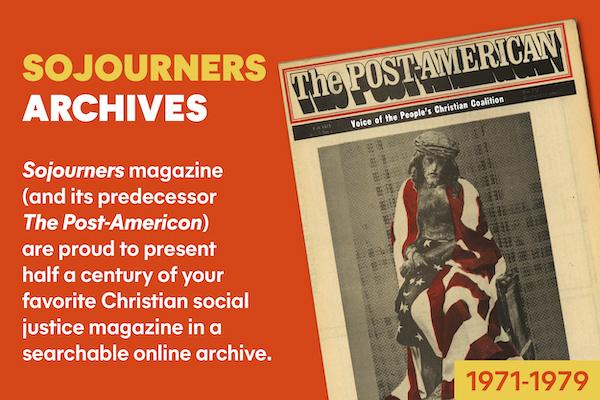High school counselors are a prime target of the military for they provide a direct link to students. One of the themes of the recent national convention of the American Personnel and Guidance Association in New Orleans was “Military Career Awareness: The Nation’s Large Employer.” Admiral Zumwalt, chairman of the Joint Chiefs of Staff, gave the keynote address; military branches had prominent booths and conducted several seminars for the high school counselors. Recruiters, there called “career resource persons,” presented the military as an alternative for further education, training, and a career. The basic purpose of the military, to train people to fight and kill on order, was virtually forgotten. The military is also seeking membership in the American Personnel and Guidance Association for its 1,000 “counselors.”
Another approach to winning friends for the military among counselors is through graduate-level courses in “Military Career Awareness.” These courses have been offered through universities in at least two locations on a trial basis. In addition to earning graduate credit, counselors can spend several days on a military base in order to learn more about life in the military. This winter the base chosen for a program based in the Northeast was in sunny Florida -- and transportation, room, and board were paid by the military!
Read the Full Article

